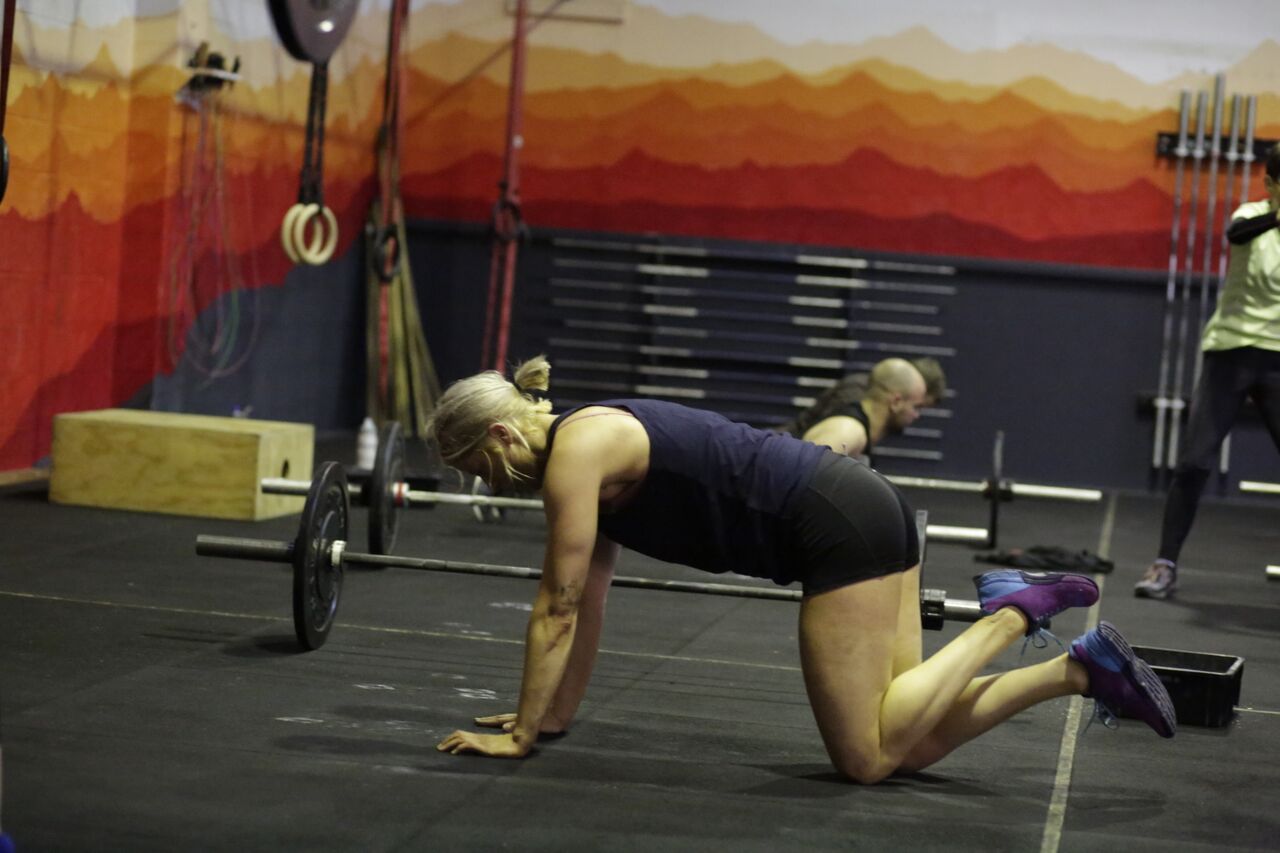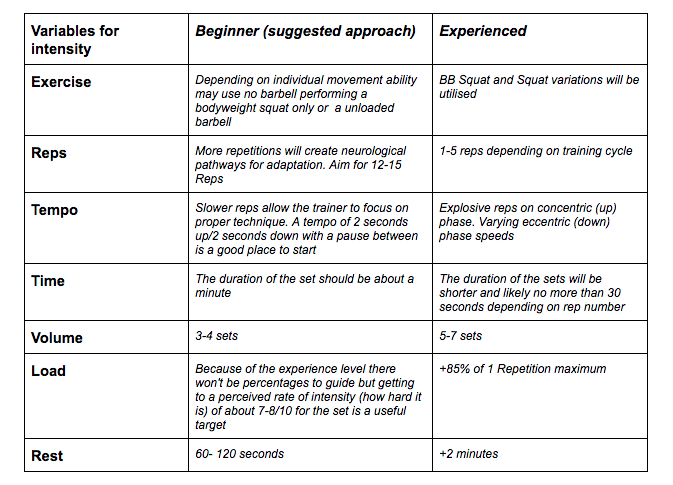A Case for Intensity, More or Less?
The purpose of intensity (for training purposes) is to drive adaptation. This means that the body is able to deal with the ‘stress’ better next time.
Too little and there's no adaptation, and we waste time that could have been used towards another goal.
Too much and we cannot complete the task or we do it with poor mechanics.
Both result in failure to achieve the intended stimulus and follow the programme outcomes. The intensity needs to be relative to the individual with the caveat of proper technical execution.
Heidi, photo cred: Aidan Martin
Progressively overloading the musculature with appropriate stress is key to the training the adaptation that we seek. This is the difference between a relative (percentages, RPE scale) training stimulus and absolute (1RM testing, failure).
If we understand that relative intensity is important in order to create adaptation and get us closer to our goal(s), then the next step logical step is to determine what variables we can use to achieve intensity.
Some key variables for achieving proper intensity are:
Exercise selection; what exercises are performed
Reps; the number of repetitions of a given exercise
Tempo; the rep speed
Time; the duration of exercise
Volume; the total amount of work done in sets
Load; the weight lifted
Rest; the frequency and duration of the rest
The below table demonstrates how these can be modified for different training levels.
Let's assume the beginner and experienced person are both performing a barbell back squat with the goal of getting stronger.
Weather you train individually or in a group, want to get stronger and/or fitter it's important that you understand the above variables so you can optimise your next workout and hold the programme you follow in context for whatever goal you hope to achieve.
Sources: Essentials of Strength Training and Conditioning, By Thomas R. Baechle & Roger W. Earle


